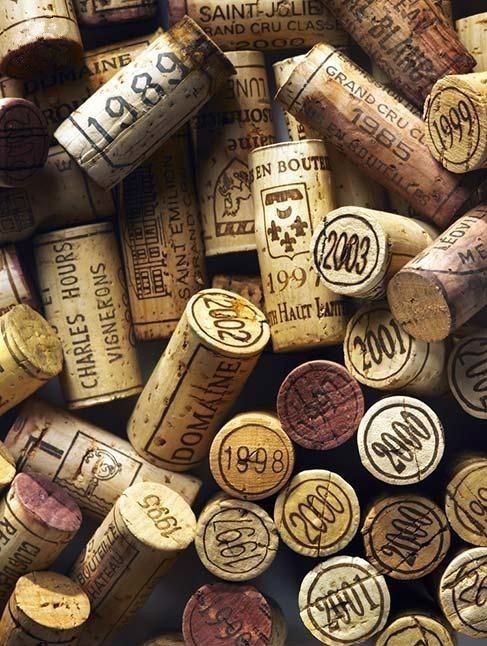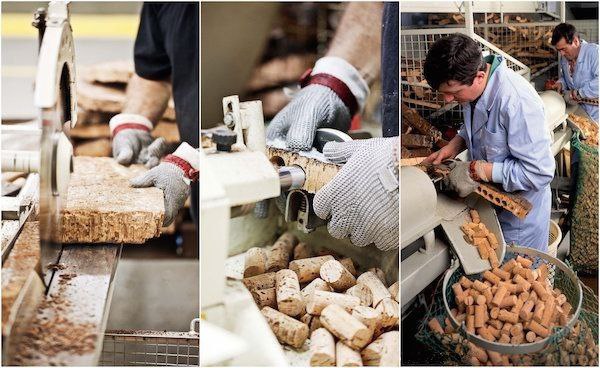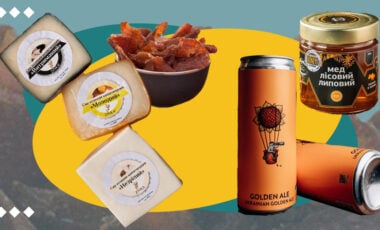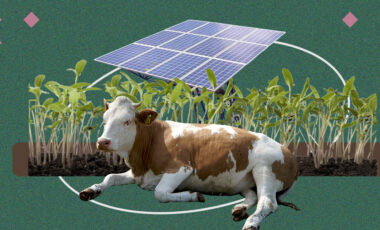Secrets of the wine cork: traditions and modernity
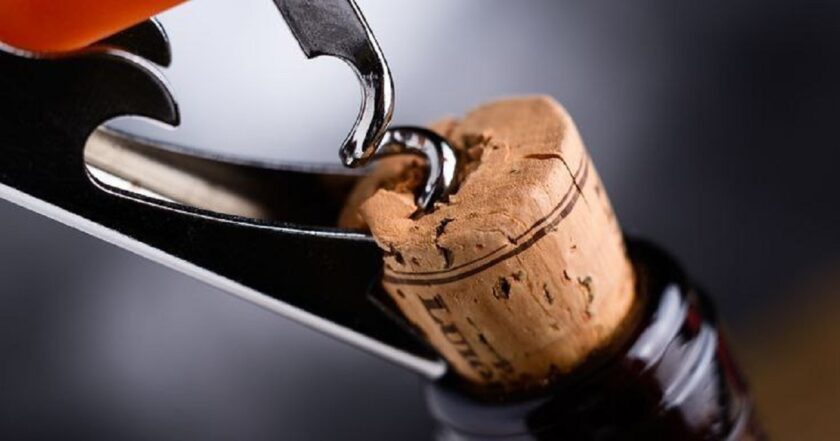
When discussing wine, few people consider how crucial the choice of cork is. This seemingly insignificant element plays a key role in preserving the taste and quality of the beverage. A cork made from the bark of the cork oak is not just part of the packaging but a result of centuries-old traditions, advanced technologies, and respect for nature.
The nature of the cork oak
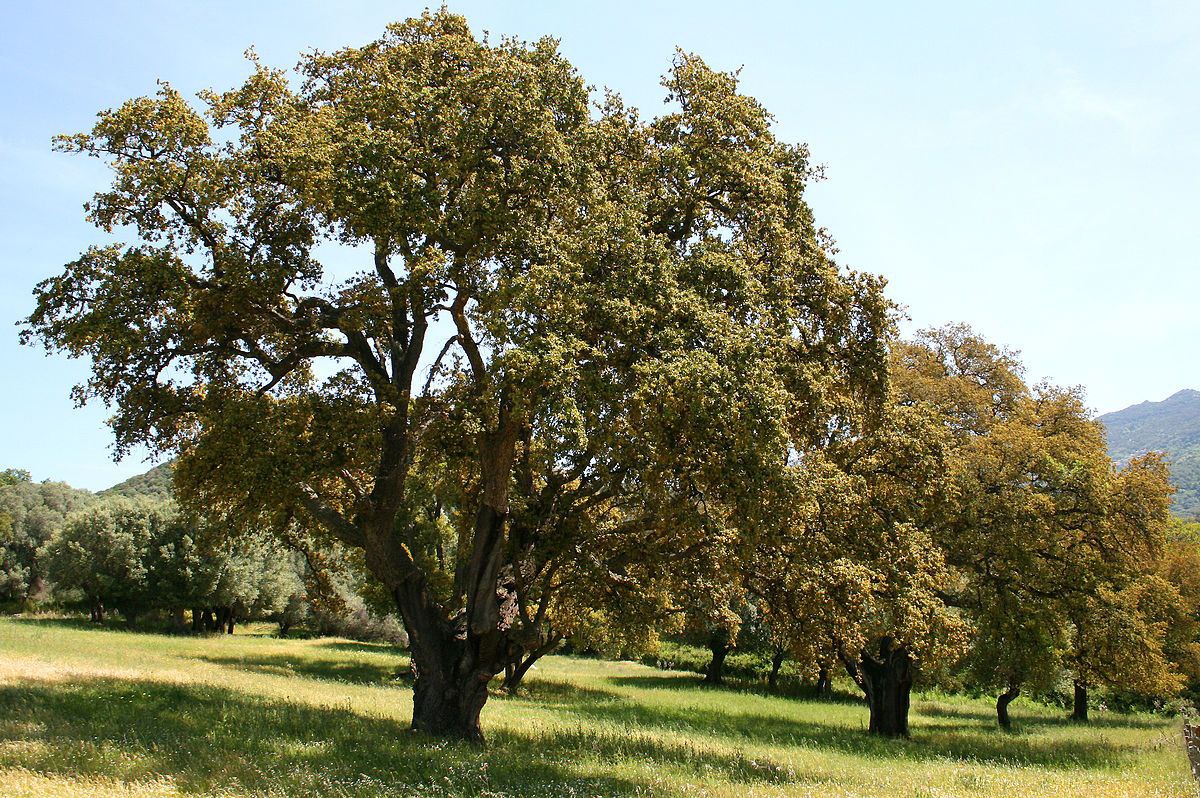
The cork oak (Quercus suber) grows in the Mediterranean, primarily in Portugal, Spain, and Italy. This tree is unique due to its bark, which is elastic, dense, and highly resistant to moisture. Most importantly, the bark regenerates after harvesting, making the process environmentally sustainable. A cork oak can live for up to 200 years, and its bark is carefully harvested by hand every 9–12 years, ensuring no harm to the ecosystem.
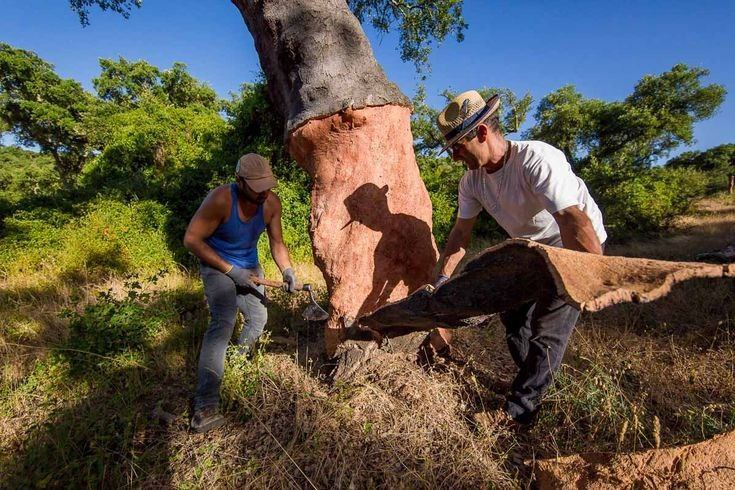
From bark harvesting to the finished cork
The production of wine corks begins with the delicate removal of the bark—an art that requires experience and precision to avoid damaging the tree. After harvesting, the bark is left to dry outdoors for several months to enhance its properties. It is then boiled in hot water to remove impurities and increase its elasticity.
The next step involves pressing and cutting the bark into sheets, from which specialized machines carve out individual corks. At this stage, the final product is formed—a cork capable of preserving wine for many years.
In the past, wine cellars provided the best conditions for storing wine. Today, modern wine refrigerators maintain optimal temperature and humidity levels, preventing corks from drying out, which could compromise the bottle's seal. Wine refrigerators, for example Dunavox, also protect wine from light exposure and temperature fluctuations, both of which can negatively impact its quality.
Why is cork the best choice?
Cork possesses unique properties: it seals the bottle tightly, protecting the wine from excessive oxygen exposure while still allowing it to "breathe." This is especially important for aged wines, whose aroma and flavor develop over time. Additionally, natural cork is eco-friendly, hypoallergenic, and recyclable, making it the perfect choice for winemakers and wine enthusiasts alike.
The environmental aspect
Cork production plays a vital role in preserving biodiversity. Cork oak forests provide a natural habitat for numerous rare species of animals and plants. Furthermore, sustainable forest management helps absorb carbon dioxide, contributing to the fight against climate change.
Despite the emergence of synthetic alternatives, natural cork remains a symbol of quality, tradition, and respect for nature. The production of corks is an art that blends science, technology, and centuries-old winemaking culture, ensuring ideal conditions for storing the most refined beverage.
